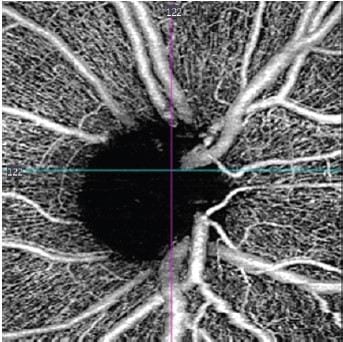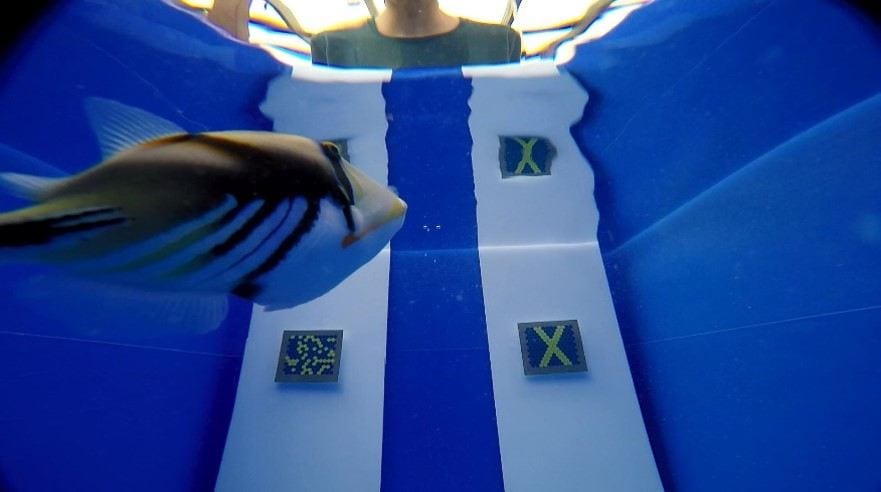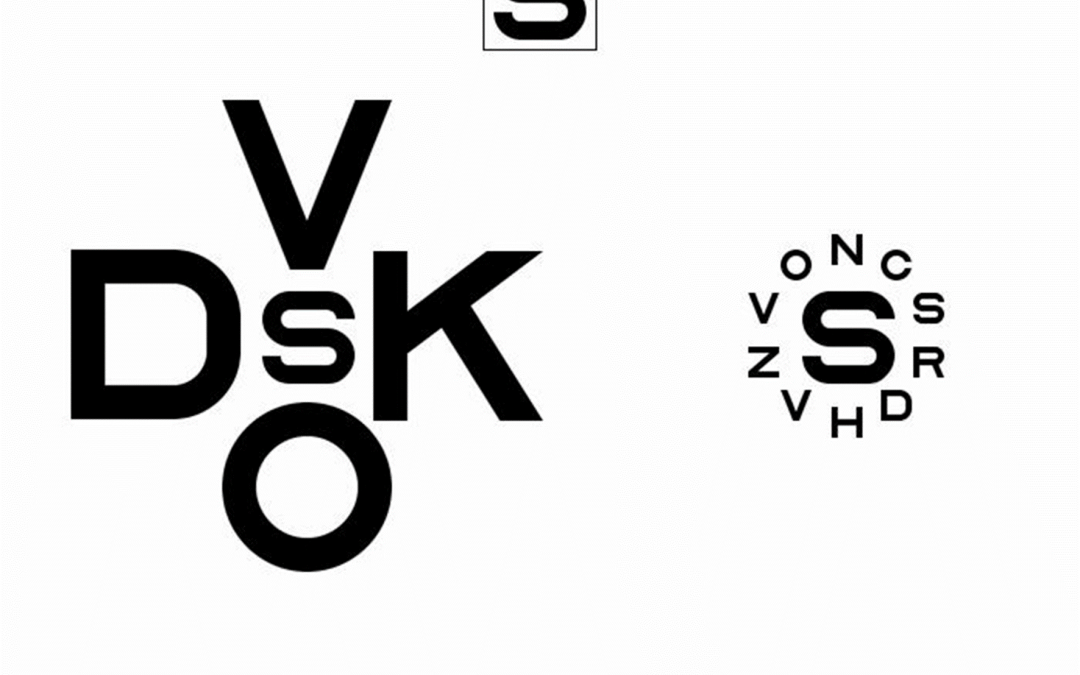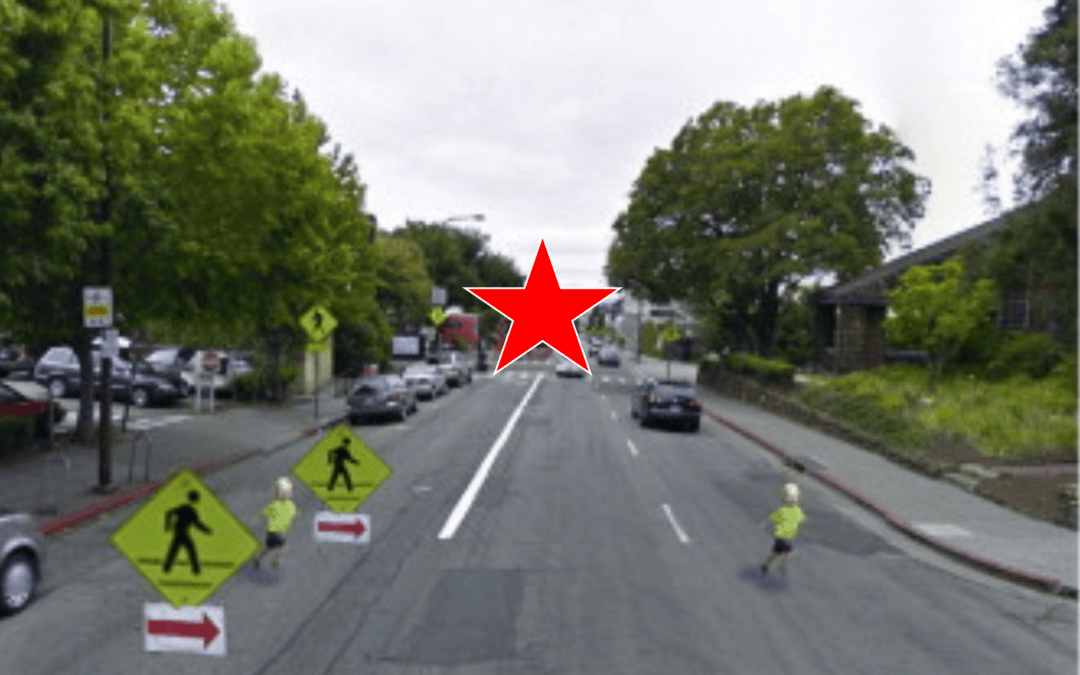
by nata004 | Dec 16, 2018 | Research, Vision Neuroscience
In the Marsden Fund awards announced late in 2018, over $700,000 was awarded to a project led by Prof Steven Dakin with Dr Lisa Hamm, Dr Catherine Morgan, and Dr Samuel Schwarzkopf. The project is investigating how the brain limits visual acuity.The overarching goal...

by nata004 | Jul 31, 2018 | Ageing Vision, Research, Vision Neuroscience
Frontotemporal dementia (FTD) is a leading cause of early onset dementia. It is crucial to identify individuals who are in the early, pre-symptomatic stages of FTD, particularly as treatments are now being developed for neurodegenerative disorders. Imaging of the eye...

by nata004 | Jul 31, 2018 | Research, Vision Neuroscience
The sense that we are able to see things equally well across our field of view is an illusion. “High resolution” vision is limited to <1% of the field. The remaining “peripheral” vision is quite poor, and is impeded further when the target is surrounded by other...

by nata004 | Jul 31, 2018 | Physiological optics of the eye, Research, Vision Neuroscience
Humans group components of visual patterns according to their colour, and perceive colours separately from shape. To find out if fish use colour for object segregation in a similar manner to humans, we used stimuli inspired by the Ishihara test for colour deficiency....

by nata004 | Jul 31, 2018 | Vision Neuroscience
What’s the smallest object you can see? Your optometrist measures your visual acuity by asking you to read a letter chart. Larger letters are easier to read than smaller letters—this is because your eye can detect more of the details. But sometimes our minds play...

by nata004 | Jul 31, 2018 | Research, Vision Neuroscience
Although it is widely believed that the loss of one sense (like hearing) improves other senses (like vision) there is little evidence for this. To test this idea we measured peripheral vision of people with and without hearing loss. We measured “visual crowding: how...






